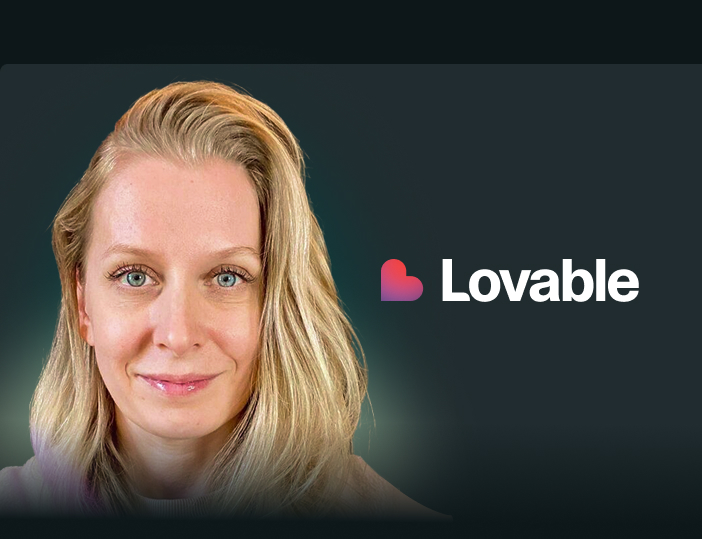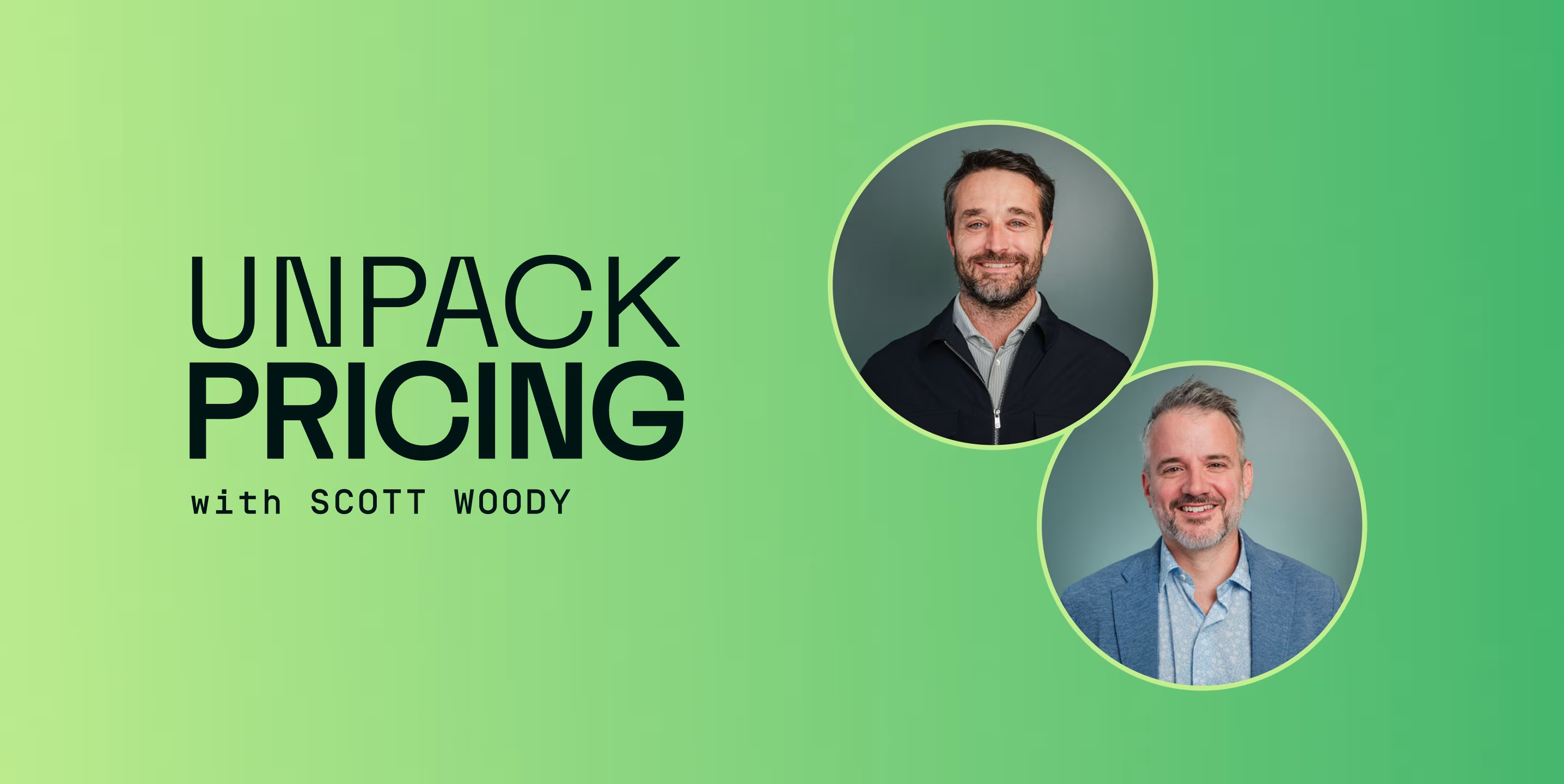Share
Introduction: Why just PLG can’t scale, and just SLG can’t start
Product-led growth (PLG) can achieve broad product adoption and velocity, but it often stalls when procurement, legal, or enterprise security show up. Sales-led growth (SLG) can win complex, high‑value deals, but it’s not uncommon to find that it’s too slow and expensive to power bottom‑up expansion on its own.
Modern SaaS at scale requires a hybrid model: one monetization system that lets self‑serve and sales reinforce each other, instead of competing for credit.
At Metronome’s Monetize 2025 conference, HubSpot’s VP of Pricing, Strategy, and Product Operations put it plainly: with hundreds of thousands of customers (many of them very small) self‑serve/PLG isn’t optional; it’s a necessity. Sam Lee noted that as HubSpot moved up‑market, sales‑assist and full SLG became equally necessary. So the question isn’t PLG or SLG. It’s how to make them work together, without putting customers through a pricing obstacle course.
Several speakers at the conference touched on this topic, and it’s worth diving in to see how you can leverage both PLG and SLG for sustained, scalable growth that feels seamless to your customers and sustainable for your teams.
Two journeys, same destination
Zapier (PLG → SLG): Responding to enterprise demand
For its first decade, Zapier was a pure PLG motion. As Giang Hoang explained, Zapier’s customers started demanding things PLG alone couldn’t satisfy: legal review, procurement, new security and compliance requirements. Zapier experimented with a small, scrappy team, added a CRO and sales reps, and layered a sales motion on top of transparent self‑serve pricing. Crucially, sales and success were brought in early as stakeholders in packaging and pricing so they had both guardrails and room to operate.
Temporal (SLG → PLG): Opening the door to developers
Temporal began winning some of the world’s largest enterprises because it was built for reliability at scale. But as Tomas Lorinc shared, it’s also a product developers want to try on their own. To serve that demand, Temporal opened a PLG path that lets users start small, learn, and scale without running into paywalls. The field team steps in when customers need help or invoices, and the conversation centers on commitments and discounts—not forced tier jumps.
HubSpot (Hybrid from the start): Evolving packaging to reduce channel conflict
HubSpot grew from a single product to a multiproduct platform while running a bimodal strategy from day one. The packaging ladder (Free → Starter → Pro → Enterprise) intentionally maps to different engagement models. But as Sam Lee emphasized, that breadth creates real trade‑offs: too many SKUs, a big price step from Starter to Pro, and complexity that can make PLG conversion harder and force sales to “sell the value” earlier than ideal. The current AI era only raises the stakes, pushing HubSpot to lean further into hybrid models (seats + credits) that lower barriers to value while keeping enterprise needs covered.
The throughline is that direction matters less than the destination. The goal is a hybrid motion where PLG feeds SLG and SLG accelerates PLG, forming a single, self-reinforcing monetization flywheel. Once the strategic intent is clear, the real friction shows up in how you package and price it.
The packaging challenge
The shared problem across all three companies: design packaging that keeps self‑serve simple and transparent while giving enterprises differentiated value.
- Zapier: Preserved straightforward PLG tiers and layered an enterprise tier on top with clear differentiation. The aim was to “smooth the curve” so both motions can coexist, not collide.
- Temporal: Avoided arbitrary paywalls. Let customers grow naturally into advanced features; when larger needs arise, sales leads with commitment‑based discounts rather than punitive jumps to an enterprise bundle.
- HubSpot: Uses a tiered ladder with different pricing mechanics (e.g., seats, base fees, usage proxies like contacts). The challenge: price complexity and large gaps (e.g., $9 Starter seats vs. ~$800/month Pro for some hubs) create friction for self‑serve buyers and often necessitate sales engagement earlier than ideal. HubSpot’s response is to simplify with a credit system and hybrid pricing that can lower initial barriers while preserving enterprise‑grade value.
Governance behind the scenes: All three teams underscored the need for deliberate guardrails.
- Zapier runs a pricing council with representation across GTM and ops; sales is a core stakeholder.
- Temporal operates as a highly engineering‑led, communal decision‑making culture that stress‑tests changes with founders, product, sales, and marketing.
- HubSpot applies principles that balance “deliver value before monetizing” with the realities of AI costs and platform complexity.
The meta‑lesson: packaging is where channel harmony is won or lost. Principles and process keep packaging evolution fast enough for PLG yet disciplined enough for SLG.
Operationalizing the hybrid model
A hybrid monetization system is an operating model spanning systems, processes, and data.
Systems: From credit cards → contracts
- Zapier: Moving from pure credit‑card PLG to SLG required a systems overhaul—invoicing, procurement workflows, taxes, and legal. Automation became essential to avoid slowing deals while adding enterprise rigor.
- Temporal: Prioritized consistency and automation to avoid fragmentation (one stack for enterprise, another for PLG). The north star is a single, reliable backbone for finance, sales, and customer experience.
- HubSpot: Transitioning toward hybrid (seats + credits) is as much a systems change as it is a pricing change. Credits reduce list‑price cliffs and enable pay‑for‑work models that map better to AI‑era value.
Processes: Guardrails vs. flexibility
- Zapier: Sales will always push for flexibility; finance will protect revenue and cost. Clear DRIs and a shared decision framework create a balanced path forward.
- Temporal: Designed the handoff as one continuous journey. PLG doesn’t compete with the field for the same revenue; it feeds the field when customers are ready.
- HubSpot: Segmentation by small → mid → corporate aligns engagement to value, but it also magnifies incentive conflicts (growth vs. sales vs. partners). The remedy is explicit incentives and clear triggers for when sales engages.
Data: A single source of truth
Across the board, leaders emphasized an unglamorous but critical ingredient: one system of record for pricing, usage, entitlements, and performance. Without consistent data, hybrid models collapse under their own coordination cost.
Further reading: You may also want to check out The Monetization Operating Model, our whitepaper on the modern approach to pricing, billing and growth in the AI era. Use this as a companion for org design, governance models, and the systems backbone that make PLG+SLG work.
The future: Channel harmony
The next frontier is a flywheel where PLG and SLG are not two motions but one continuous customer journey. Here’s where each leader sees their company on that path:
- HubSpot: Requires intentional org design so free and PLG motions don’t compete with sales. The platform story becomes the unifier at the top end; credits and hybrid pricing lower the barrier at the entry point.
- Zapier: As enterprise tiers mature, success depends on making value translation crystal clear for existing PLG customers moving up—why it’s different, why it costs more, and what they get.
- Temporal: Commitment‑based incentives and removal of arbitrary roadblocks keep trust high and help customers scale without friction.
Expect AI assistants to further smooth the path, nudging customers to the right plan, orchestrating compliance and procurement steps, and teeing up sales conversations exactly when they’re helpful.
What good looks like: A checklist for scaling monetization across PLG and SLG
- Define principles up front (e.g., value before monetization; guardrails + flexibility; no arbitrary paywalls). Document them and use them to adjudicate tradeoffs.
- Map the customer journey from free to enterprise. Specify the triggers for when (and why) sales engages. Remove friction that doesn’t add customer value.
- Design packaging for coexistence. Keep PLG tiers simple and transparent; give enterprise tiers clear, defensible differentiation tied to security, compliance, support, and program‑level value.
- Stand up the right governance. A pricing council, Chief Value Officer, or DRI model that includes sales and success prevents channel conflict and accelerates iteration.
- Invest in systems, not just price pages. From invoicing, taxes, and procurement to usage metering, entitlements, and credits, build for one backbone across PLG and SLG.
- Align incentives. Don’t make PLG and sales compete for the same dollar. Reward handoffs and shared wins.
- Centralize the data. One source of truth for usage, pricing, and performance. No data, no harmony.
Monetization at scale requires organizational redesign
PLG + SLG is not a debate about pricing models. This is an organizational design problem dressed up as a packaging issue. The companies that master the combination align people, systems, and incentives so the motion feels seamless to the customer. And that’s the operating model of the Value Era: channel harmony, where PLG feeds SLG, and SLG accelerates PLG.
As the leaders from HubSpot, Zapier, and Temporal show, there are many starting points, but just one destination: a hybrid monetization system built for trust, transparency, and growth.
See all available Monetize 2025 conference talks.











.png)